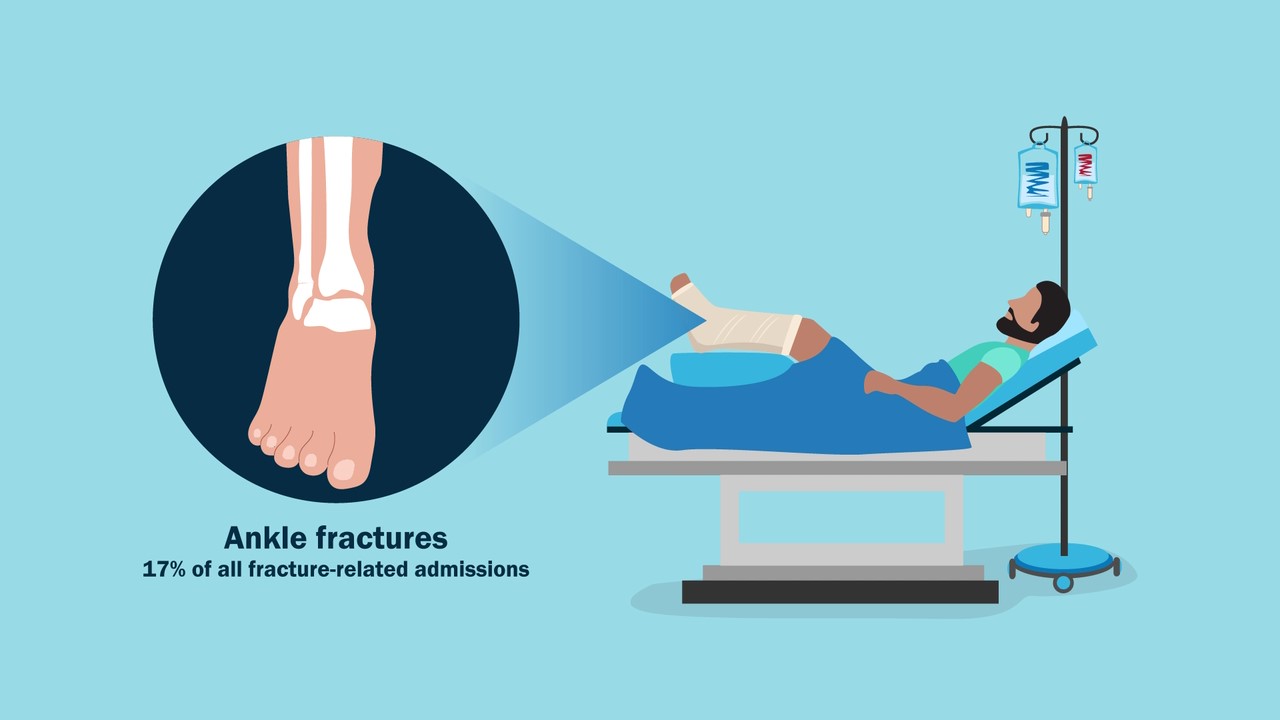In this post, Dr. Matt Schmitz, JBJS Deputy Editor for Social Media, shares 2 new studies on fracture management.
As orthopaedic surgeons, many of us take care of a variety of fractures, despite our subspecialty training. It is critical to stay on top of the literature, with potentially practice-changing papers coming out monthly.
This month in JBJS are 2 fracture-related studies I’d like to highlight here on OrthoBuzz. The first pertains to clavicular fractures, which have been a hot topic over the last decade. While we’ve seen an increasing trend toward surgical fixation of displaced clavicles in adult patients, the Function after Adolescent Clavicle Trauma and Surgery (FACTS) Study Group has reported on work demonstrating that outcomes for adolescent clavicular fractures are not necessarily improved following operative compared to nonoperative management.
In the July 16, 2025 issue of The Journal, Willimon et al. present an analysis of a subpopulation from a FACTS Study Group investigation. In the new study, they evaluated outcomes of completely displaced midshaft clavicular fractures in adolescents presenting with “skin tenting,” comparing operative versus nonoperative treatment. With the thought that skin tenting could compromise the integrity of the skin over the fracture, many surgeons use this as a relative indication for surgical management. The new study is at JBJS.org:
From across 8 institutions during the period of 2013 to 2022, a total of 88 (12%) of 764 enrolled patients with skin tenting were identified. Among these, 66% underwent open reduction and internal fixation (ORIF), while 34% received nonoperative treatment. Notably, 10% of those initially treated nonoperatively (3 patients) required early conversion to surgery.
There were some differences in age and fracture characteristics between those with and without skin tenting, and the nonoperative group was an average of <1 younger than the ORIF group. However, the authors found no significant disparities in patient-reported outcome measures (PROMs), complications, or time to return to sports between the 2 treatment groups at 1 to 2 years post-injury.
The findings suggest that skin tenting, while historically viewed as an indication for surgery, may not necessitate operative intervention in adolescents, given the low rate of complications and successful outcomes with nonoperative treatment. The study encourages careful monitoring and shared decision-making regarding treatment approaches for adolescents with this injury.
Looking at another study, many of us who care for ankle fractures have routinely kept our patients non-weight-bearing for a period of 6 weeks after surgery. In the July 2, 2025 issue of The Journal, Khojaly et al. from Ireland investigated the effects of immediate protected weight-bearing (IWB) versus non-weight-bearing (NWB) with a cast after surgical fixation of ankle fractures. The study is at JBJS.org along with a video abstract summarizing the findings:
This was a multicenter, randomized controlled trial with 160 participants, and aimed to assess functional outcomes, complication rates, and cost-effectiveness.
The investigators found that patients in the IWB group had significantly better functional outcomes at 6 weeks (mean Olerud-Molander Ankle Score: 43 vs. 35; p = 0.005) and better ankle range of motion at 2 and 6 weeks. Complication rates were similar between the groups, while over a 1-year horizon, IWB was associated with lower expected cost (€1,027.68) compared to NWB (€1,825.70)—yielding cost savings of €798.02—with a slight quality-adjusted life-year (QALY) gain of 0.04. Patients in the IWB group also returned to work earlier (82% vs. 39% at 6 weeks).
The authors concluded that IWB in a walking boot after ankle fracture fixation offers superior functional outcomes, cost savings, and similar complication rates compared to traditional NWB in a cast, supporting its routine use.
Additional perspective on this study is provided by Stephen Matthew Quinnan, MD in a related commentary article: High-Quality Evidence That a Postoperative Protocol of Immediate Weight-Bearing Is Superior to Non-Weight-Bearing and Cast Use After Operatively Treated Malleolar Ankle Fractures
Both of the studies featured in this post highlight the importance of researching outcomes for our fracture patients to help decide whether surgery is beneficial and what is the most effective postoperative regimen that helps them get back in the game or back to work safely and quickly. I commend the investigators for their work in moving the needle in the care of our orthopaedic patients.
JBJS Deputy Editor for Social Media




